
Applying AI to Optimize Transportation Routes
AI enables the analysis of real-time data on traffic, weather, and other factors to determine the most efficient transportation routes. In Vietnam, companies such as Grab and Gojek have adopted AI algorithms to suggest the shortest routes, cutting fuel costs and delivery times. VNPost also employs AI to manage nationwide freight routes, helping to optimize delivery times. Optimizing routes not only saves costs but also increases the accuracy and reliability of deliveries.
Additionally, AI helps businesses forecast and swiftly handle disruptions during transportation, boosting operational efficiency by up to 20%. This forecasting capability allows companies to proactively manage vehicles and manpower, minimizing the impact of unexpected factors like traffic congestion or adverse weather.
Moreover, AI can analyze and predict traffic flow, road conditions, and weather to propose the most efficient delivery routes. This minimizes travel time, saves fuel, and improves the ability to meet delivery deadlines.
Demand Forecasting and Smart Inventory Management
AI supports businesses in accurately forecasting consumer demand, thereby optimizing warehouse and supply chain management. Vinamilk has adopted an AI-integrated supply chain management system to predict seasonal demand, reduce inventory, and enhance transport efficiency.
AI can automatically track and manage inventory levels in real-time. These systems analyze stock data, consumption trends, and predict demand to develop effective restocking and inventory management plans.
Furthermore, AI simplifies demand forecasting by analyzing historical data, market trends, and other variables to produce accurate predictions. This allows businesses to adjust production and inventory levels, avoiding stockouts or overstocking.
AI also automates many warehouse processes, from inventory checks and goods classification to managing storage locations. AI-powered automation systems can increase the speed and accuracy of these operations, reducing errors and boosting labor productivity.

Enhancing Customer Experience Through AI
AI not only improves operations but also enhances customer experience. Logistics businesses in Vietnam have deployed AI chatbots to answer inquiries and support customers. GHN (Giao Hàng Nhanh) uses automated chatbots allowing customers to check their order status in real time, improving satisfaction and trust.
Additionally, AI personalizes the shopping experience by analyzing user behavior data and suggesting the most suitable delivery methods for each customer. This not only enhances satisfaction but also increases customer retention.
AI can also predict potential issues before they occur, allowing businesses to proactively resolve them and promptly inform customers about order status. This reduces dissatisfaction and strengthens service reliability.
The application of Artificial Intelligence and regional data in optimizing freight costs has brought significant benefits to businesses—from cost savings and improved operational efficiency to better customer experience. However, to fully harness AI’s potential, businesses must invest in technological infrastructure, train personnel, and develop suitable strategies. The combination of technology and local data will be key for Vietnamese enterprises to compete effectively in the global market.


.jpg)


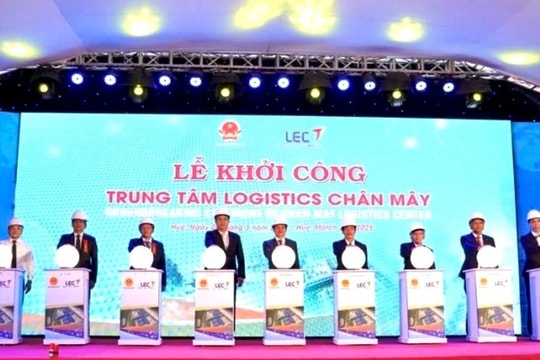

.jpg)


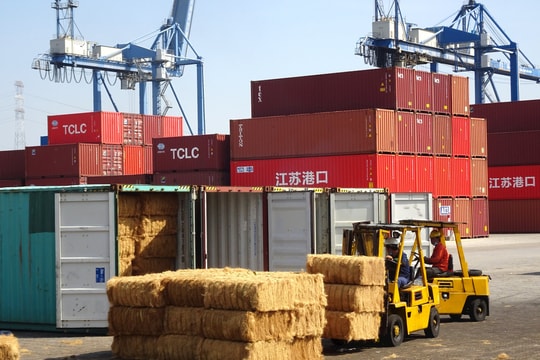
.jpg)


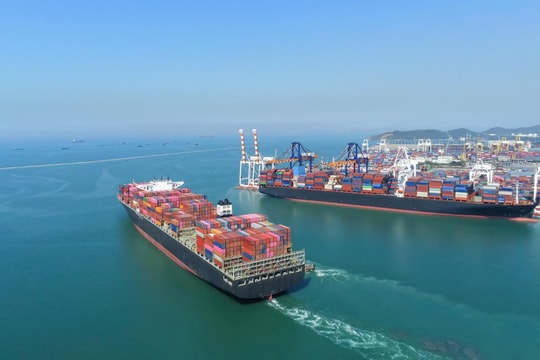

.png)
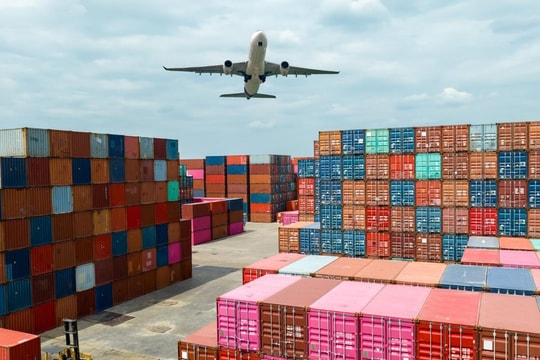

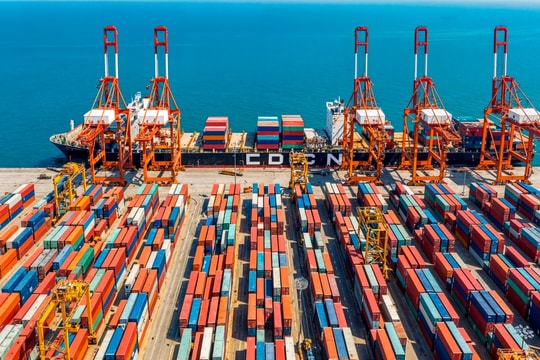
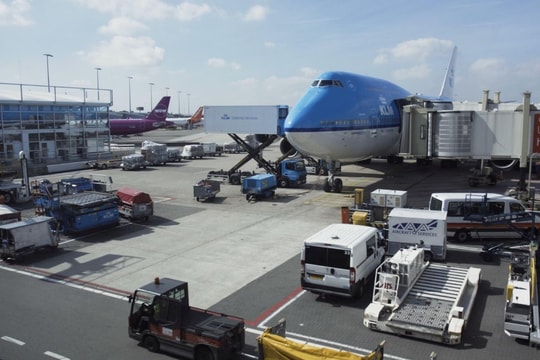

.png)

